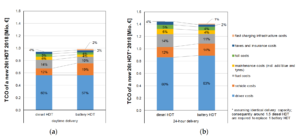The lessons learned from COVID-19: data, data, and data
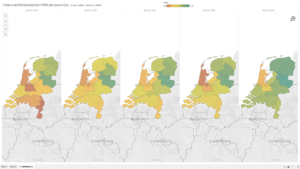
In the logistics sector, uncertainty about a rapid economic recovery dominates. Dutch ABN Amro is predicting about a 7 percent drop in freight volumes in 2020. Other analyzes predict a 10 to 20 percent drop. How do transport companies survive? The COVID-19 crisis has taught that it revolves around three things: data, data, and data.
Digital Twins lead the future of urban logistics

Polis joins 26 high-level partners in the H2020 funded LEAD Project: Low-Emission Adaptive last-mile logistics supporting ‘on Demand economy’ through digital twins. LEAD will create Digital Twins of urban logistics networks in six cities, to support experimentation and decision making with on-demand logistics operations in a public-private urban setting.
Dutch Avy wins Blue Tulip Award for drone technology
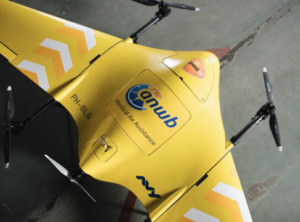
Dutch Avy wins a Blue Tulip Award for drone technology in the category mobility. Avy produces wing drones used solely for good causes. The Avy can be employed for medical deliveries and first response operations. Avy is autonomous and was designed for long-range, beyond visual line of sight (BVLOS) missions, while maintaining safety and compliance regarding …
DHL reports about 5G potential for logistics
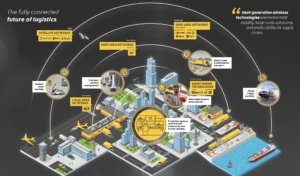
For many people around the world, it is hard to imagine life without wireless access to the internet. Alongside food, water, and shelter, Wi-Fi is increasingly seen as a necessity in today’s modern world. Next-generation wireless describes the latest advances in a series of wireless technologies. DHL reports about 5G potential for logistics.
McKinsey: last mile is venture capital’s favourite

Venture capitalists have recently invested around $28 billion in logistics startups, nearly all of it since 2015. As new technologies have entered the transport and logistics sector, efficiency has increased and prices have decreased. Yet the industry continues to face significant challenges, including a high number of breakpoints, complex pricing rules, and a lack of …
Rethinking last-mile logistics post-COVID-19
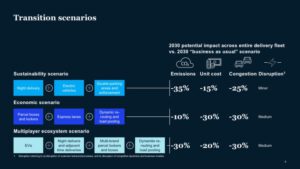
COVID-19 is generating short-term disruptions and longer-term structural changes, with e-commerce experiencing soaring growth in categories like groceries and home care. Last-mile success will be tough, but getting it wrong could be catastrophic. Eric Hannon, Bernd Heid, Anja Huber, and Christoph Klink of McKinsey & Company present their vision in Automotive World.
Antwerp Summer School on Urban Logistics 2020 goes digital
Research: viable business models for city logistics

Pålsson and Katsela published a paper with the title ‘Viable business models for city logistics: Exploring the cost structure and the economy of scale in a Swedish initiative’ in Research in Transportation Economics journal. This paper addresses the challenge of achieving profitable city logistics initiatives.
Research: the TCO of hydrogen vehicles in urban logistics – diesel and BEV still win
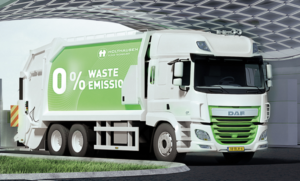
Freight transport accounts for 8 to 15% of total traffic flow in urban areas within the European Union. The majority of these deliveries are undertaken by diesel-powered vehicles with disproportionate levels of CO2, NOx, and particulate matter emissions. Accordingly, a variety of strategic options have been advanced as key solutions for addressing fossil fuel demand …

